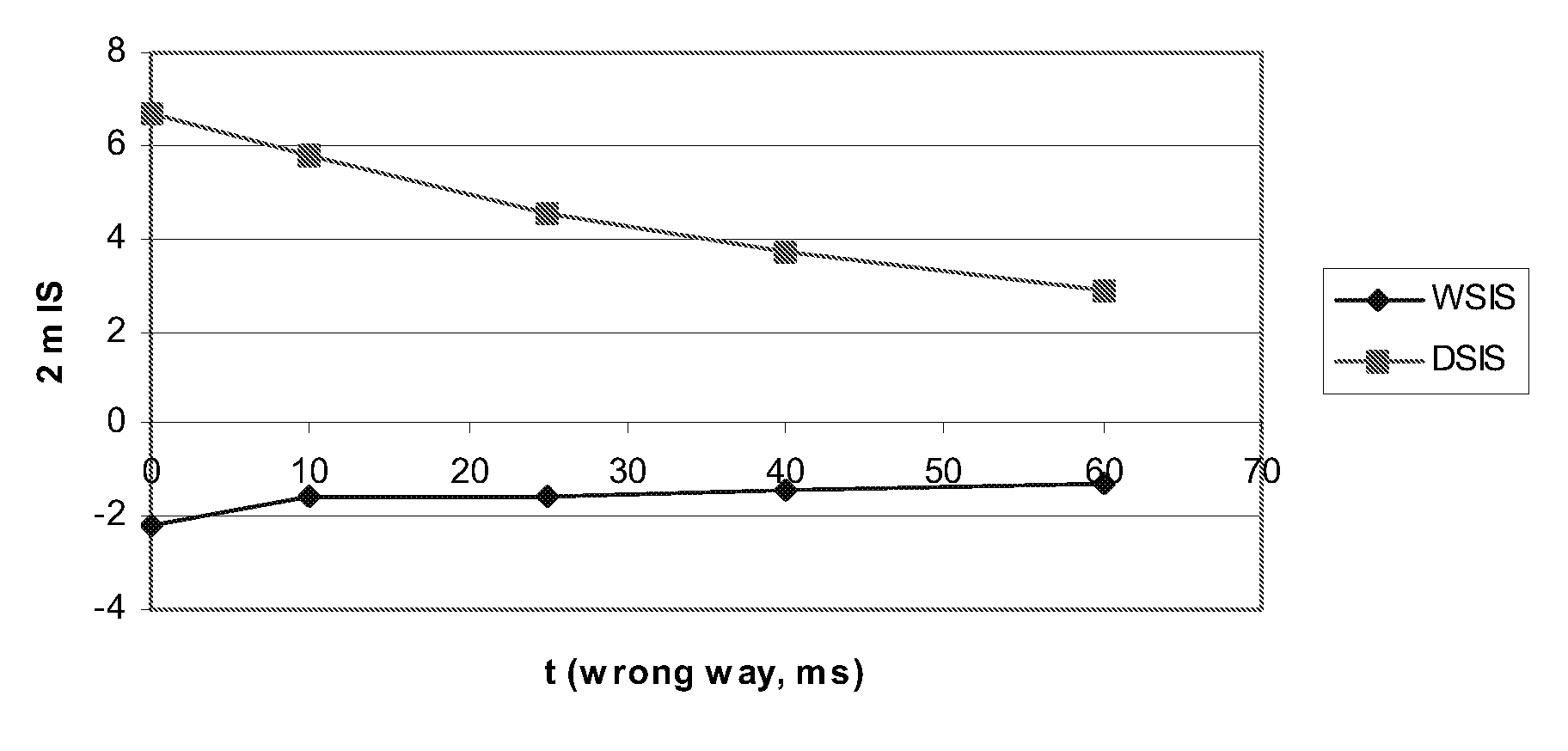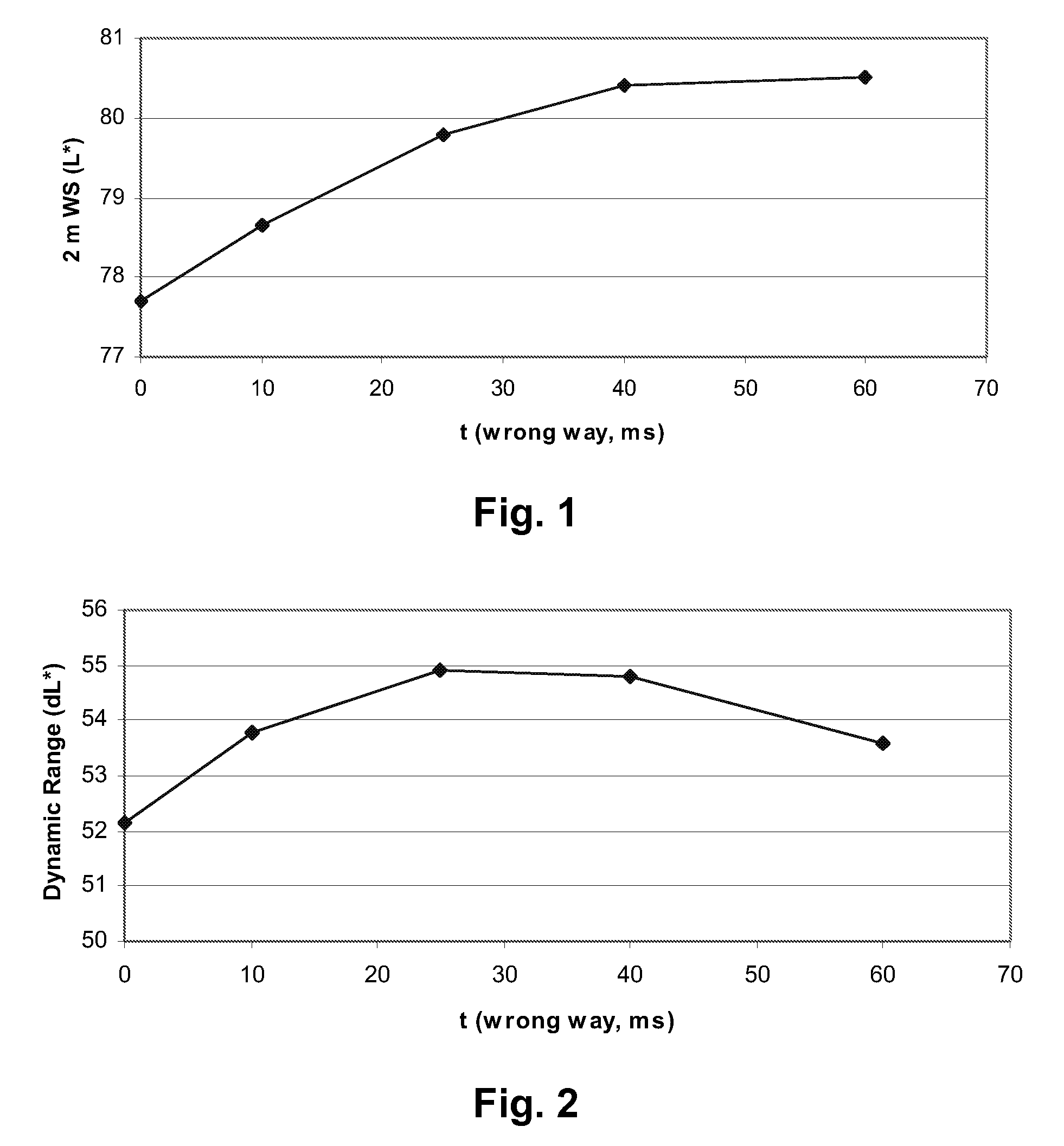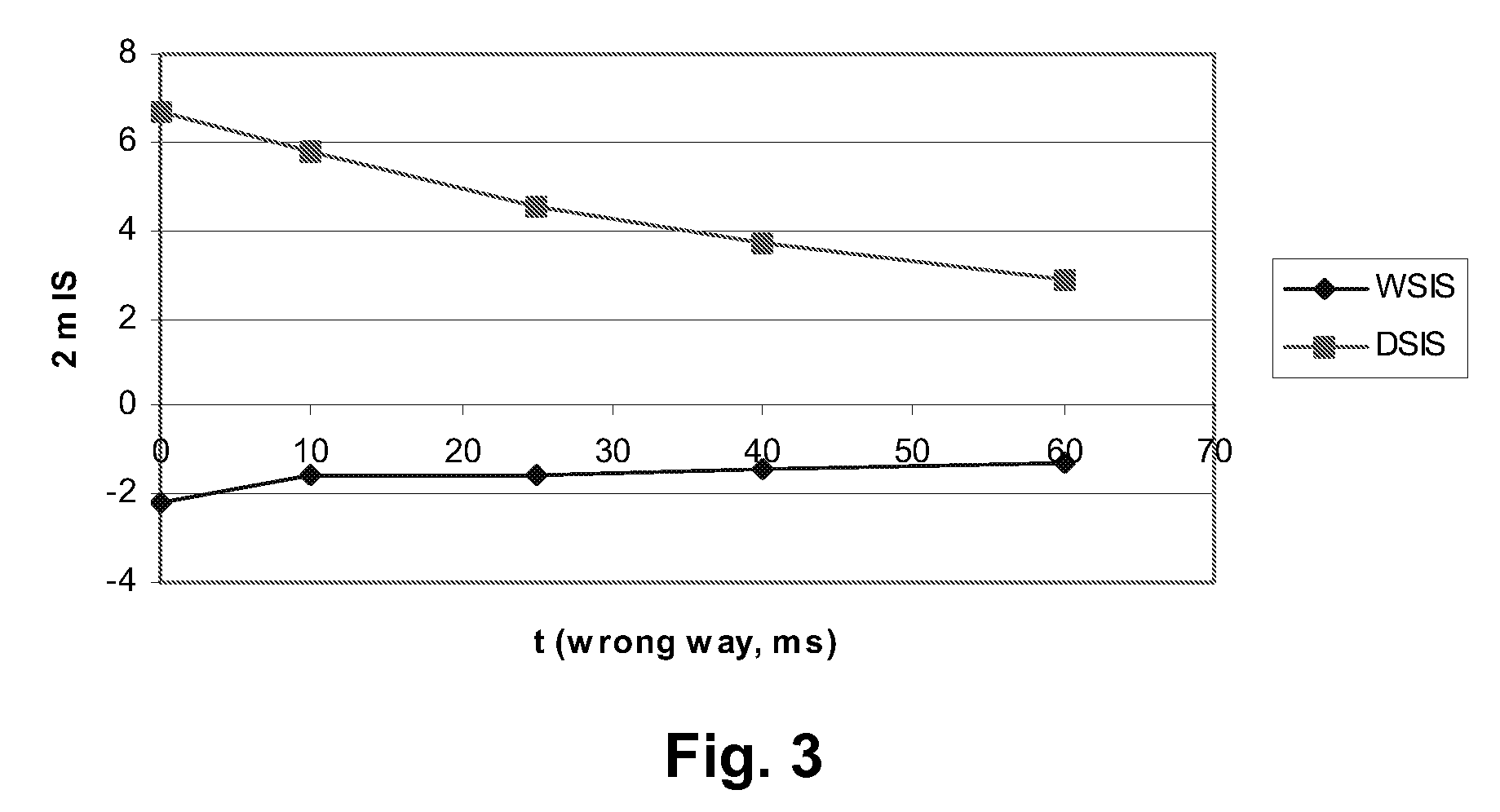Methods for driving electrophoretic displays
a technology of electrophoretic displays and electrophoretic media, applied in the direction of optics, static indicating devices, instruments, etc., can solve the problems of gas-based electrophoretic media being susceptible to the same types of problems, preventing their widespread use, and reducing the service life of these displays, so as to reduce the dc imbalance of a transition, and reduce the dc imbalan
- Summary
- Abstract
- Description
- Claims
- Application Information
AI Technical Summary
Benefits of technology
Problems solved by technology
Method used
Image
Examples
example 1
White State Reflectivity and Dynamic Range
[0064]Experimental single-pixel electrophoretic displays having an encapsulated electrophoretic medium comprising polymer-coated titania and polymer-coated copper chromite were prepared substantially as described in Example 4 of the aforementioned U.S. Pat. No. 7,002,728, except that heptane was used as the fluid instead of Isopar E. These experimental displays were driven using drive schemes of the present invention with a voltage of 15 V and a total drive time of 250 milliseconds, the pre-pulse length varying from 0 to 60 milliseconds (the zero pre-pulse length of course provides a control example). Thus, the waveforms used varied from 15×(0 / 250) to 15×(60 / 190). In a first series of experiments, the displays were driven to their black and white states and the reflectivities of these states measured 2 minutes after the end of the waveform. FIG. 1 of the accompanying drawings shows the white state reflectivity (converted to L* units) as a fu...
example 2
Image Stability
[0066]In a further series of experiments, the same displays as in Example 1 were tested for image stability using the same drive schemes as in Example 1 above. Experimentally, image stability is measured by driving the displays to their black or white state, measuring their reflectivity 3 seconds after the end of the waveform (this 3 second delay being used to avoid certain very short term effects which take place immediately after the end of the waveform) and again 2 minutes after the end of the waveform, the difference between the two readings, both expressed in units of L*, being the image stability. The image stability of the black and white states can of course differ, and the image stabilities of both states are plotted in FIG. 3 as a function of pre-pulse length.
[0067]From FIG. 3, it will be seen that increase in pre-pulse length caused a monotonic improvement (decrease) in the image stability values of both the black and white states with pre-pulse length with...
examples 3-9
Various Electrophoretic Media
[0068]To show that the advantageous results produced in Examples 1 and 2 above were not particular to the particular electrophoretic medium used, the experiments were repeated using differing electophoretic media. Examples 3 and 4 were essentially repetitions of the formulation used in Examples 1 and 2 above. Example 5 increased the concentration of the Solsperse 17K charge control by approximately 50 percent, while Example 6 was essentially similar to the composition used in Examples 1 and 2. Example 7 retained the original level of the Solsperse 17K but increased the level of polyisobutylene from 0.7 to 0.95 percent, while Example 8 used the increased concentrations of both Solsperse 17K and polyisobutylene. Example 9 was a composition using polymer-coated carbon black as the black pigment and was prepared substantially as described in Examples 27-29 of the aforementioned U.S. Pat. No. 6,822,782. A total driving time of 500 milliseconds was used in thi...
PUM
 Login to View More
Login to View More Abstract
Description
Claims
Application Information
 Login to View More
Login to View More - R&D
- Intellectual Property
- Life Sciences
- Materials
- Tech Scout
- Unparalleled Data Quality
- Higher Quality Content
- 60% Fewer Hallucinations
Browse by: Latest US Patents, China's latest patents, Technical Efficacy Thesaurus, Application Domain, Technology Topic, Popular Technical Reports.
© 2025 PatSnap. All rights reserved.Legal|Privacy policy|Modern Slavery Act Transparency Statement|Sitemap|About US| Contact US: help@patsnap.com



